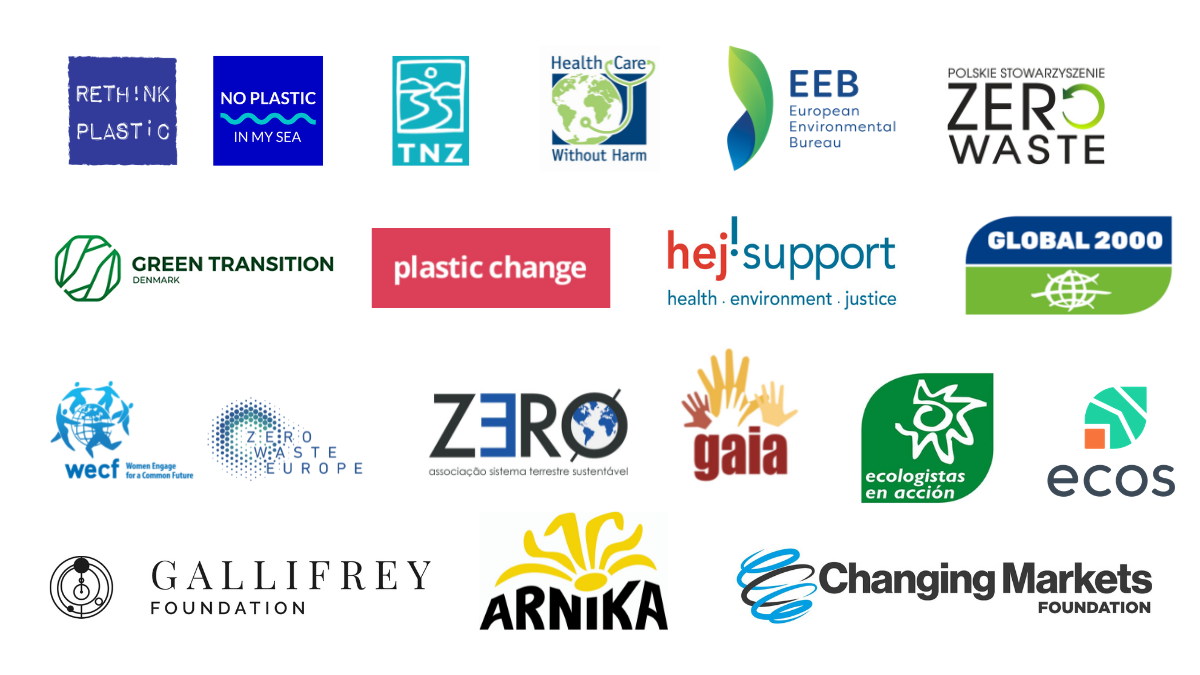Why PVC remains a problematic material
 HCWH Europe, with the input and support of 18 leading health and environmental organisations, has today released a paper presenting a detailed insight into the complexity of health and environmental issues associated with the entire life cycle of PVC. All current evidence supports the simple proposition that PVC is problematic and that it presents significant, often avoidable health issues - the paper also includes examples of already successful phase-outs of PVC.
HCWH Europe, with the input and support of 18 leading health and environmental organisations, has today released a paper presenting a detailed insight into the complexity of health and environmental issues associated with the entire life cycle of PVC. All current evidence supports the simple proposition that PVC is problematic and that it presents significant, often avoidable health issues - the paper also includes examples of already successful phase-outs of PVC.
The production, use, and disposal of plastics pose significant risks to our health and our planet. Polyvinyl chloride, commonly known as vinyl or PVC, in particular has come under scrutiny for its numerous risks.
In 2000, the European Commission’s Green Paper Environmental issues of PVC triggered an EU wide discussion on the use of PVC. The regulatory response to health concerns about PVC focussed so far mainly on substitution of phthalates and other additives. Twenty years on, the European Commission launched a new study entitled The use of PVC (Poly Vinyl Chloride) in the context of a non-toxic environment, to help assess the role of PVC in the context of the European Green Deal and the Circular Economy Action Plan.
Presenting PVC as “sustainable” is greenwashing and misleading - PVC is the most environmentally damaging of all plastic - sustainable production is just not possible.
We hope this paper will support EU policymakers to make informed decisions to help achieve a non-toxic environment in Europe. The totality of issues revealed in relation to PVC presents a compelling case for a call for complete elimination of use of this material, and consequently we call on policymakers to develop a strategy for a PVC phase-out in Europe.

